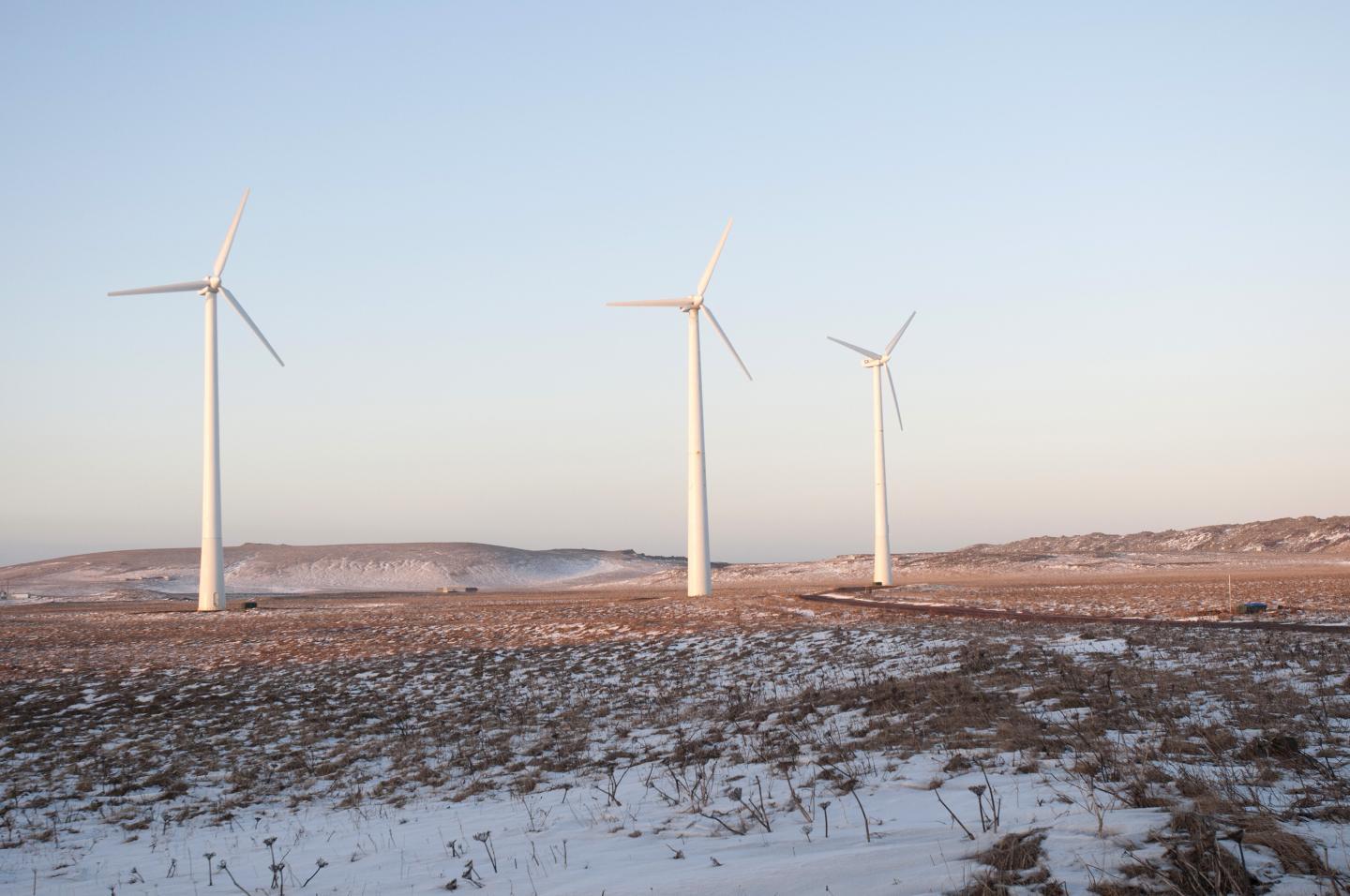| IN A NUTSHELL |
|
In the world of renewable energy, breakthroughs often come from unexpected places. One such breakthrough has emerged from the halls of academia, where a young engineering student has tackled a century-old mathematical problem. This problem, once considered intractable, has been solved by Divya Tyagi, an aerospace engineering graduate student at Penn State University. Her work promises to revolutionize the efficiency of wind turbines, potentially transforming the landscape of renewable energy by optimizing power output and enhancing the design of wind turbines. Let’s delve into the details of this remarkable achievement.
Revamping Glauert’s Legacy: A Century-Old Problem Solved
Divya Tyagi’s journey began when her advisor, Sven Schmitz, encouraged her to revisit a mathematical problem first posed by British aerodynamicist Hermann Glauert. Glauert’s work focused on determining the maximum attainable power coefficient for a wind turbine—a measure of how efficiently a turbine converts wind energy into electricity. However, Glauert’s original solution did not account for the total force and moment coefficients on the rotor, nor the effect of wind pressure on blade bending.
Under Schmitz’s guidance, Divya employed the calculus of variations, a mathematical method for constrained optimization, to develop a more comprehensive solution. Her work involved creating an addendum to Glauert’s problem, which determines the optimal aerodynamic performance of a wind turbine by solving for the real flow conditions. This solution not only maximizes power output but also considers the downwind thrust force and root bending moment, crucial factors that Glauert had overlooked.
The implications of her work are profound. By improving the power coefficient of a large wind turbine by just 1 percent, the energy production of a turbine can increase significantly, potentially powering entire neighborhoods. This breakthrough could shape the next generation of wind turbines, driving advancements in design and efficiency across the globe.
Award-Winning Research and Future Aspirations
Divya Tyagi’s contributions have not gone unnoticed. Her groundbreaking research earned her the Anthony E. Wolk Award for the best aerospace engineering thesis among her peers. With her sights set on further advancements in renewable energy, Divya is now pursuing a master’s degree, focusing on computational fluid dynamics simulations.
Her current research, backed by the U.S. Navy, involves studying airflow around helicopter rotors, aiming to improve flight simulation and pilot safety. Divya’s dedication to her work is evident in the countless hours she spent tackling the math-intensive challenges posed by the Glauert problem. Her perseverance and innovative approach demonstrate her commitment to advancing the field of aerospace engineering and renewable energy.
Divya’s findings have been published in the journal Wind Energy Science (WES), where they continue to inspire researchers and engineers worldwide. Her work exemplifies the power of combining theoretical knowledge with practical applications to drive technological innovation.
The Impact on Wind Turbine Technology
The ramifications of Divya Tyagi’s research extend far beyond academic accolades. Her solution to Glauert’s problem has the potential to significantly enhance wind turbine technology. By optimizing the aerodynamic performance of turbines, her work can lead to more efficient designs, increased energy output, and reduced costs for renewable energy production.
Schmitz, Divya’s advisor, believes her elegant solution will find its way into design rooms across the country and around the world. As the demand for renewable energy continues to rise, the need for efficient and reliable wind turbines becomes increasingly critical. Divya’s research addresses this need by providing a robust framework for improving turbine performance, thereby contributing to the broader goal of sustainable energy production.
This breakthrough underscores the importance of revisiting and challenging established theories. By doing so, researchers like Divya pave the way for future innovations that can transform industries and improve lives.
Looking Ahead: The Future of Renewable Energy
The potential applications of Divya Tyagi’s research are vast and varied. As the world grapples with the challenges of climate change and energy sustainability, innovations in wind turbine technology are essential. Divya’s work not only addresses current inefficiencies but also lays the groundwork for future advancements in renewable energy.
Her research is a testament to the power of curiosity, determination, and collaboration in solving complex problems. It highlights the importance of nurturing young talent and providing opportunities for students to engage in meaningful research that can have a lasting impact.
As we look to the future, the question remains: how will Divya’s groundbreaking work influence the next generation of engineers and the evolution of renewable energy technologies? The answer may lie in the continued exploration and application of her innovative solutions, paving the way for a more sustainable and energy-efficient world.
Did you like it? 4.7/5 (21)









Wow, c’est incroyable ! Comment a-t-elle réussi à résoudre un problème vieux de 100 ans ? 🤔